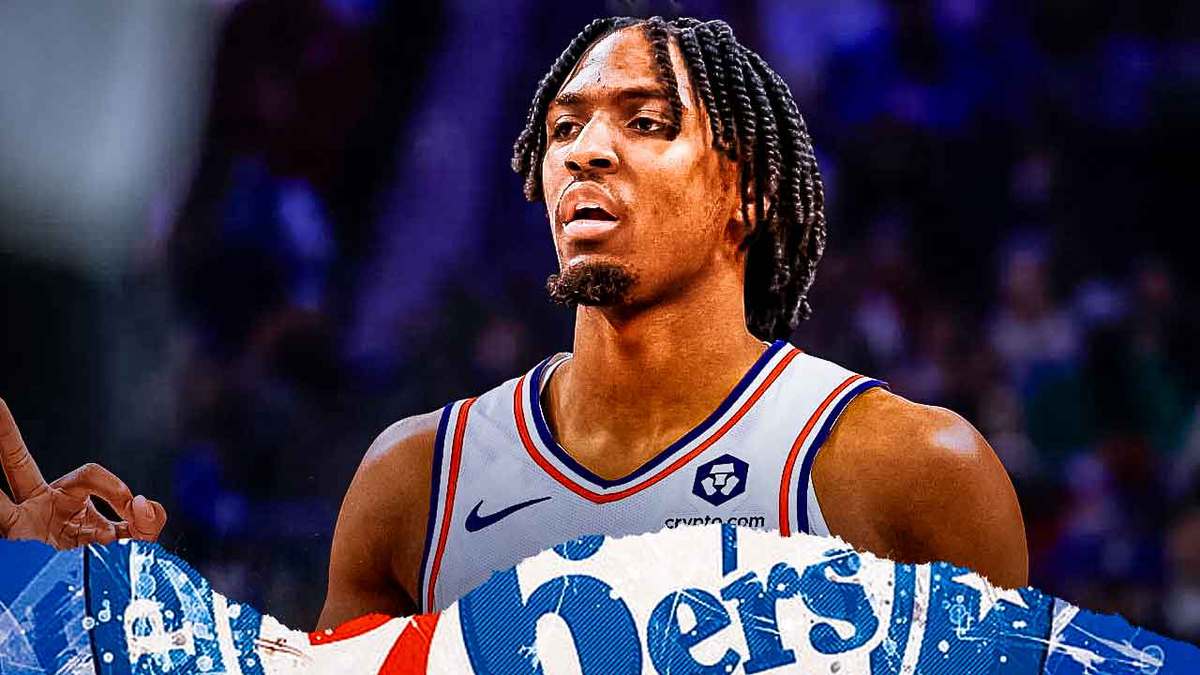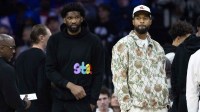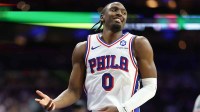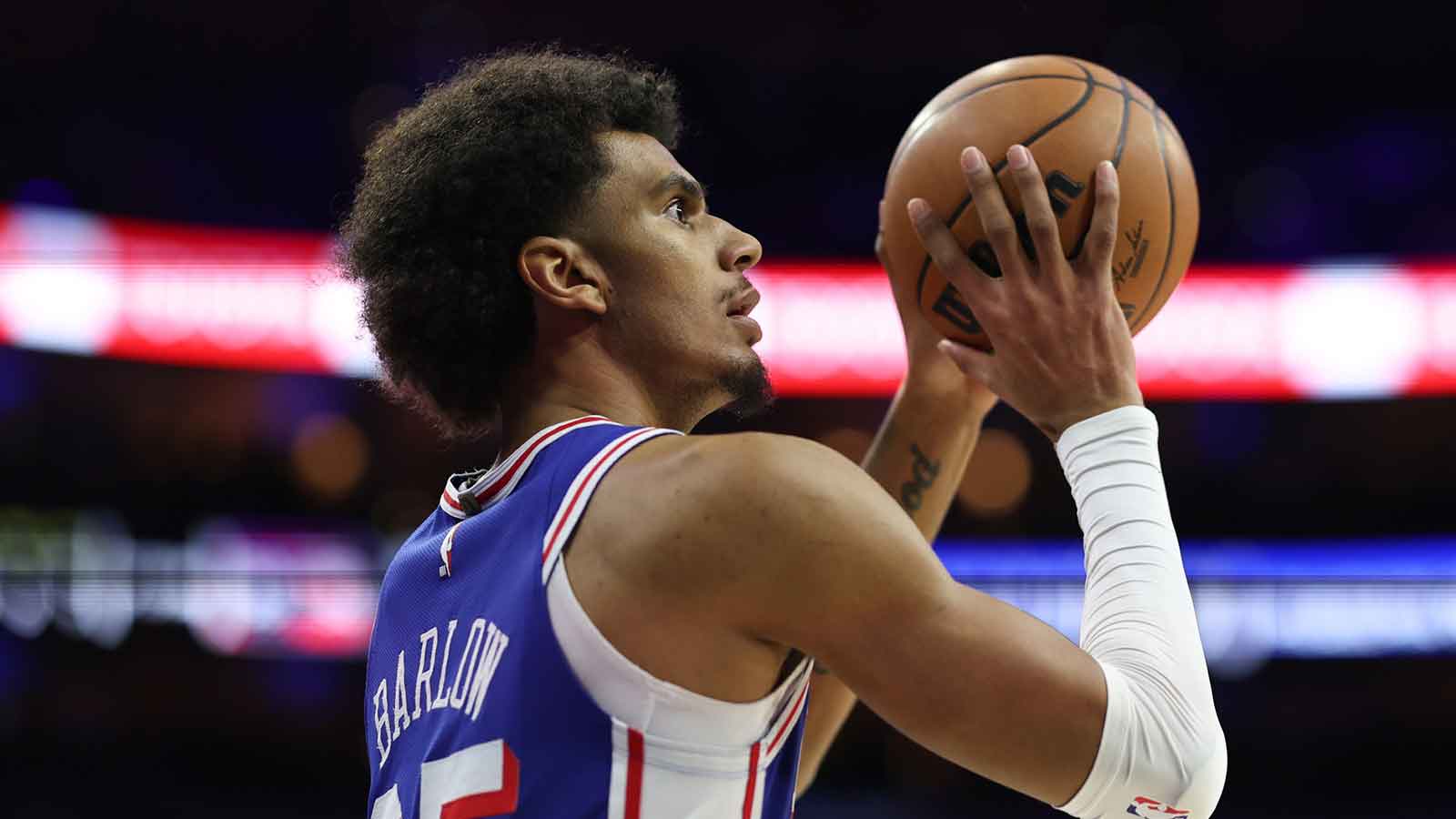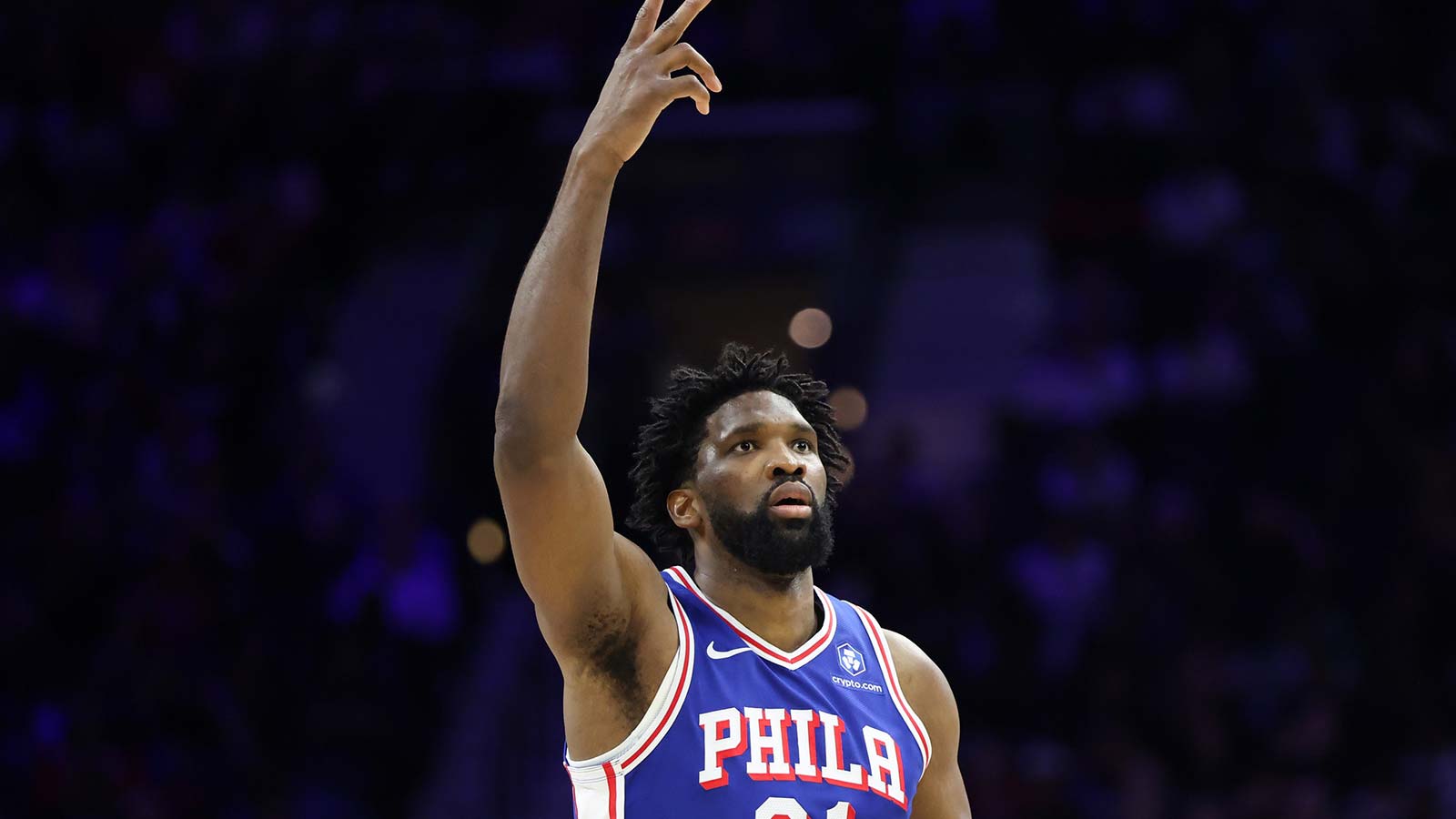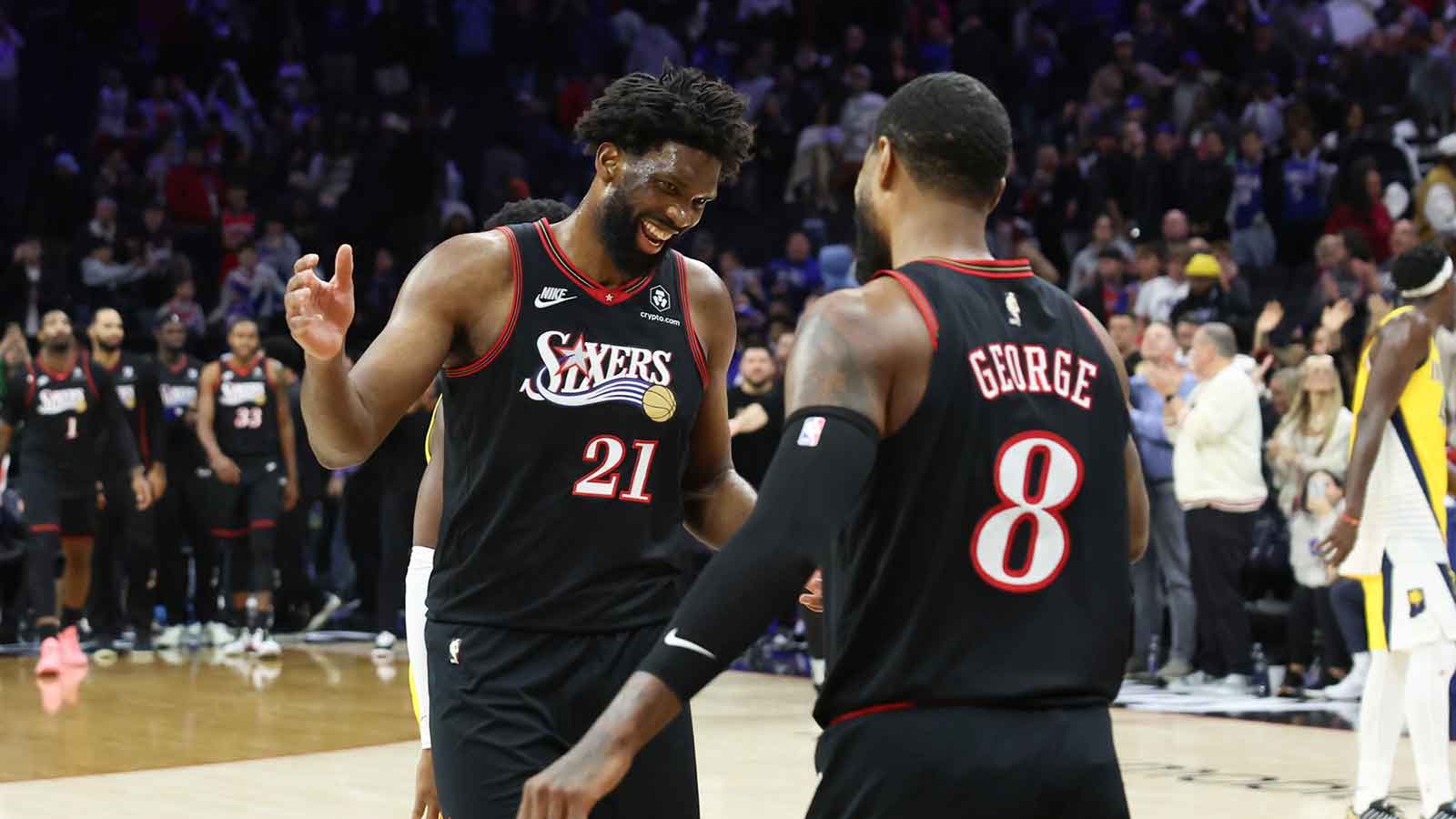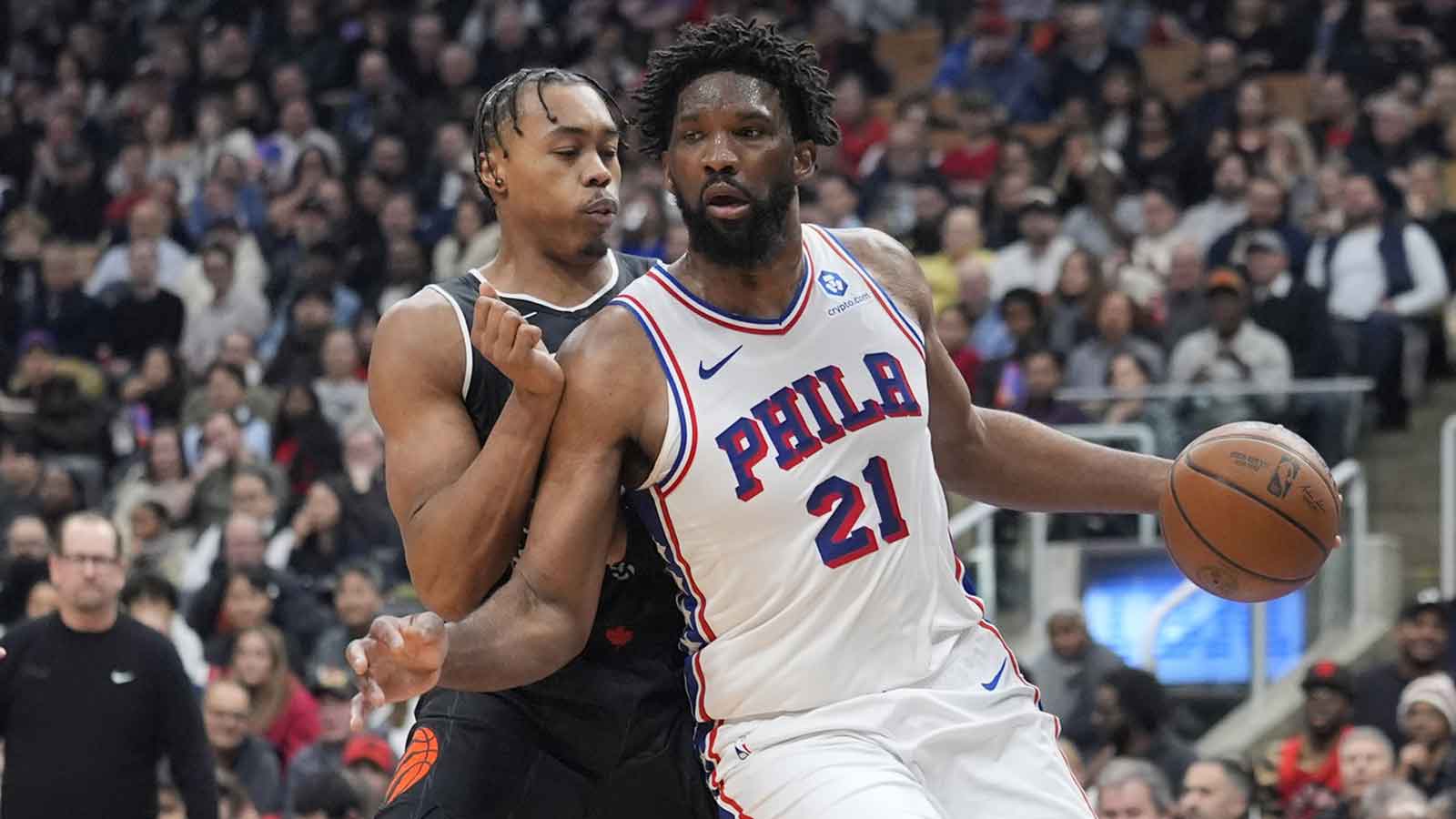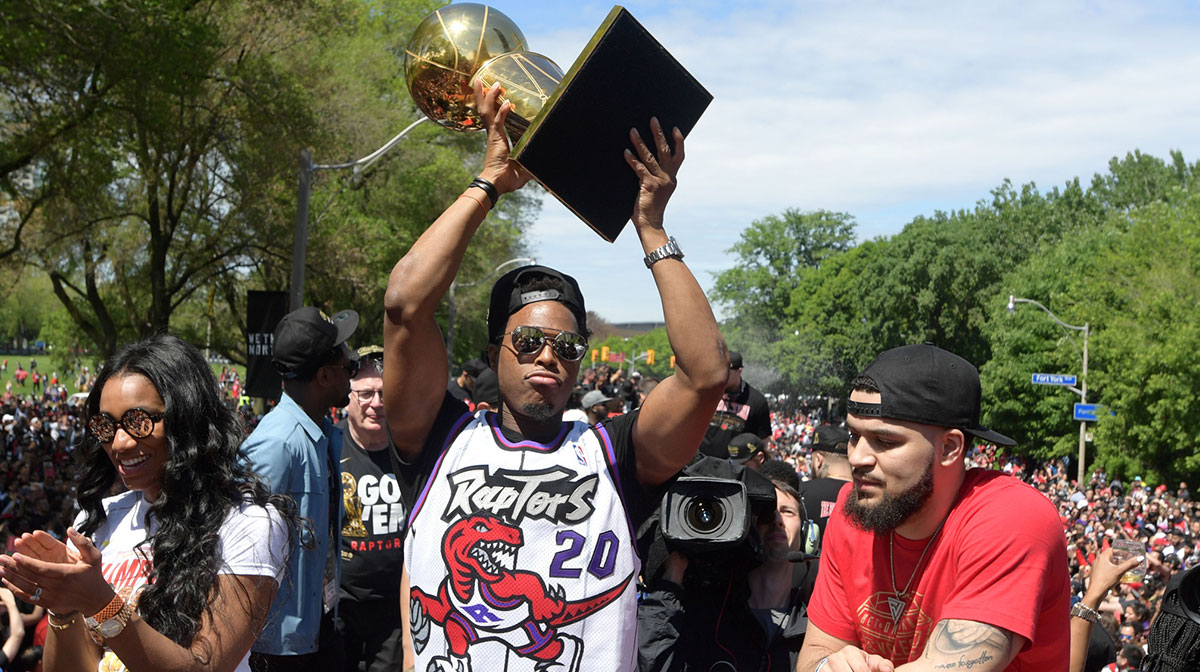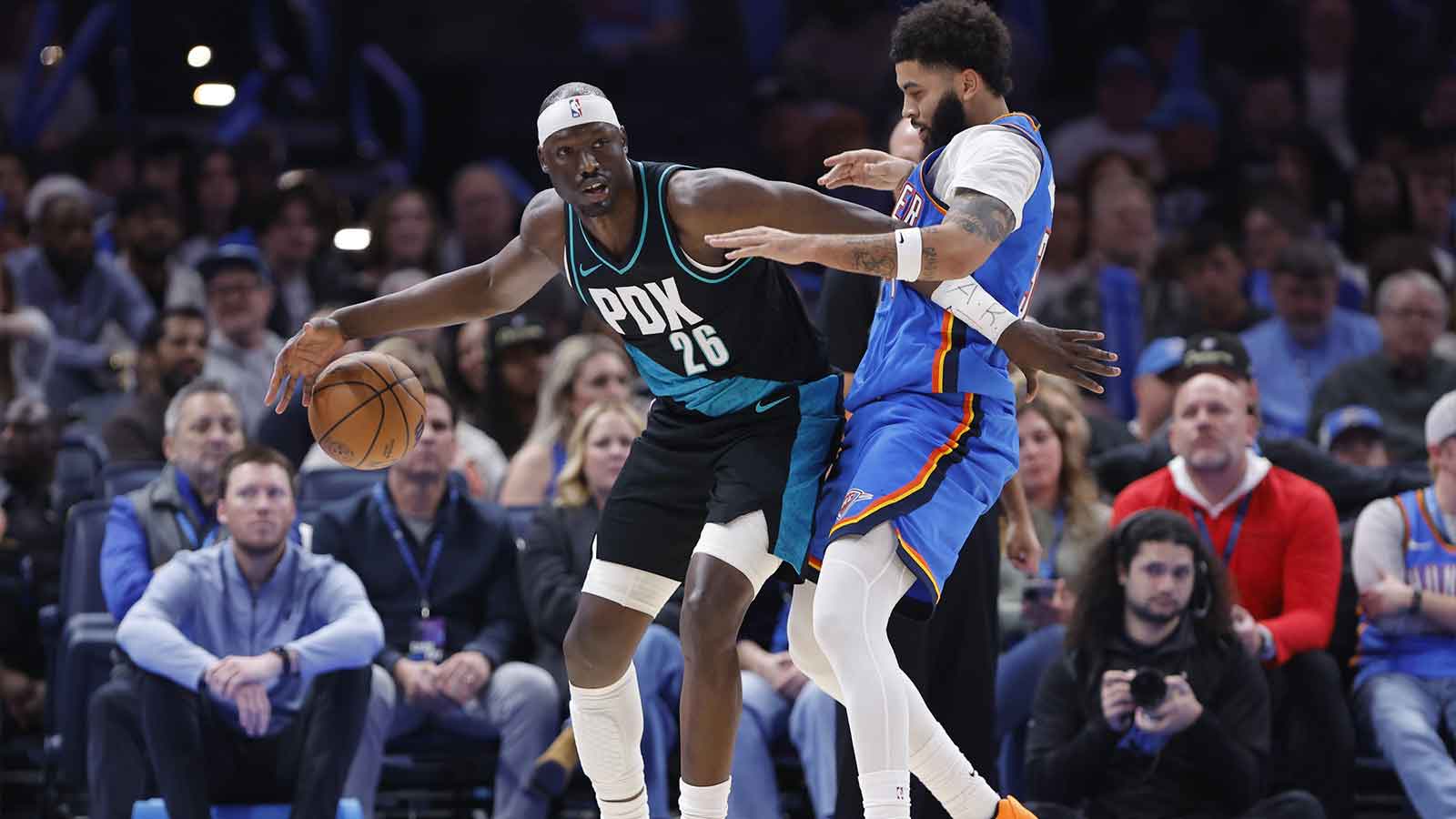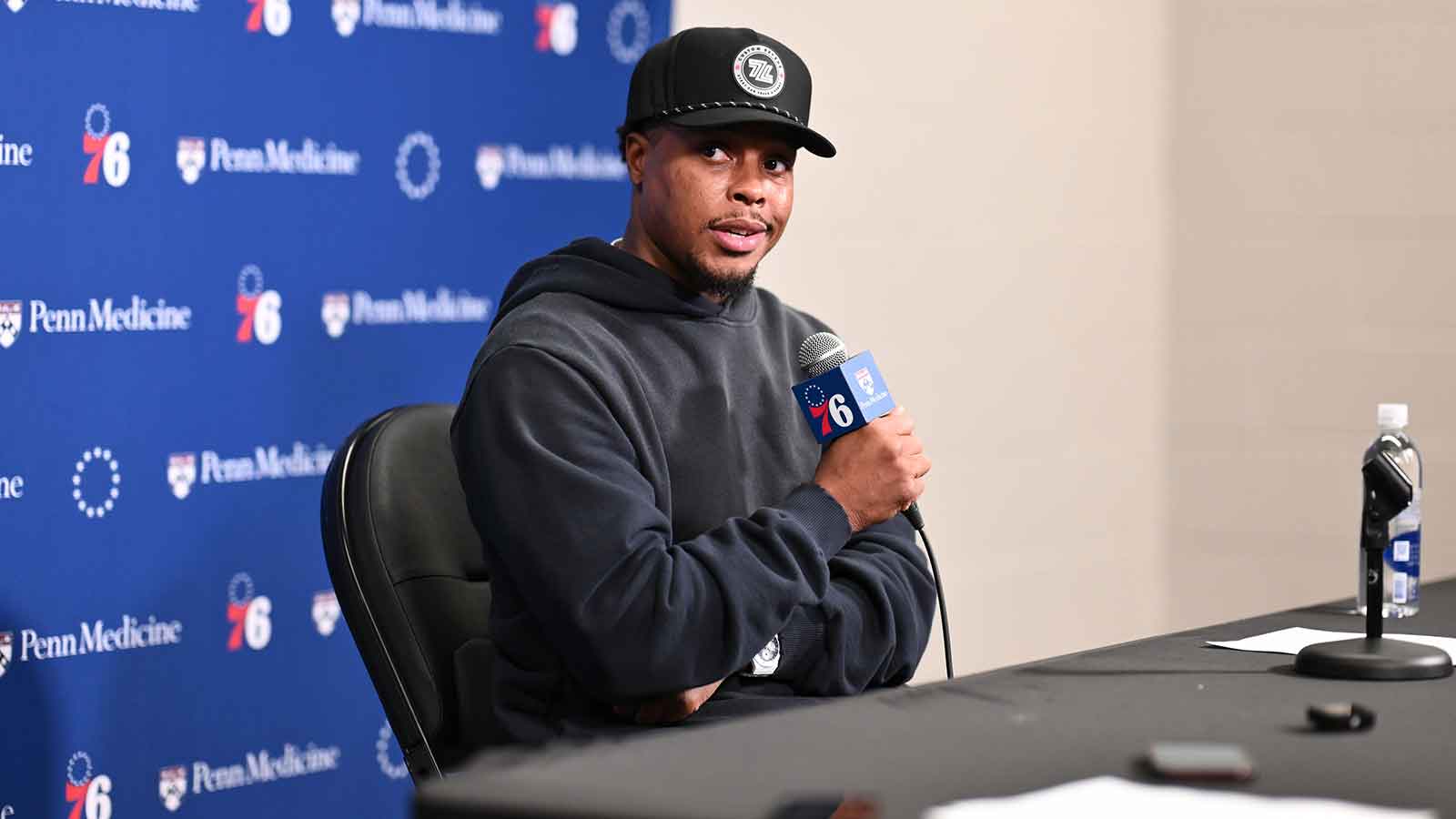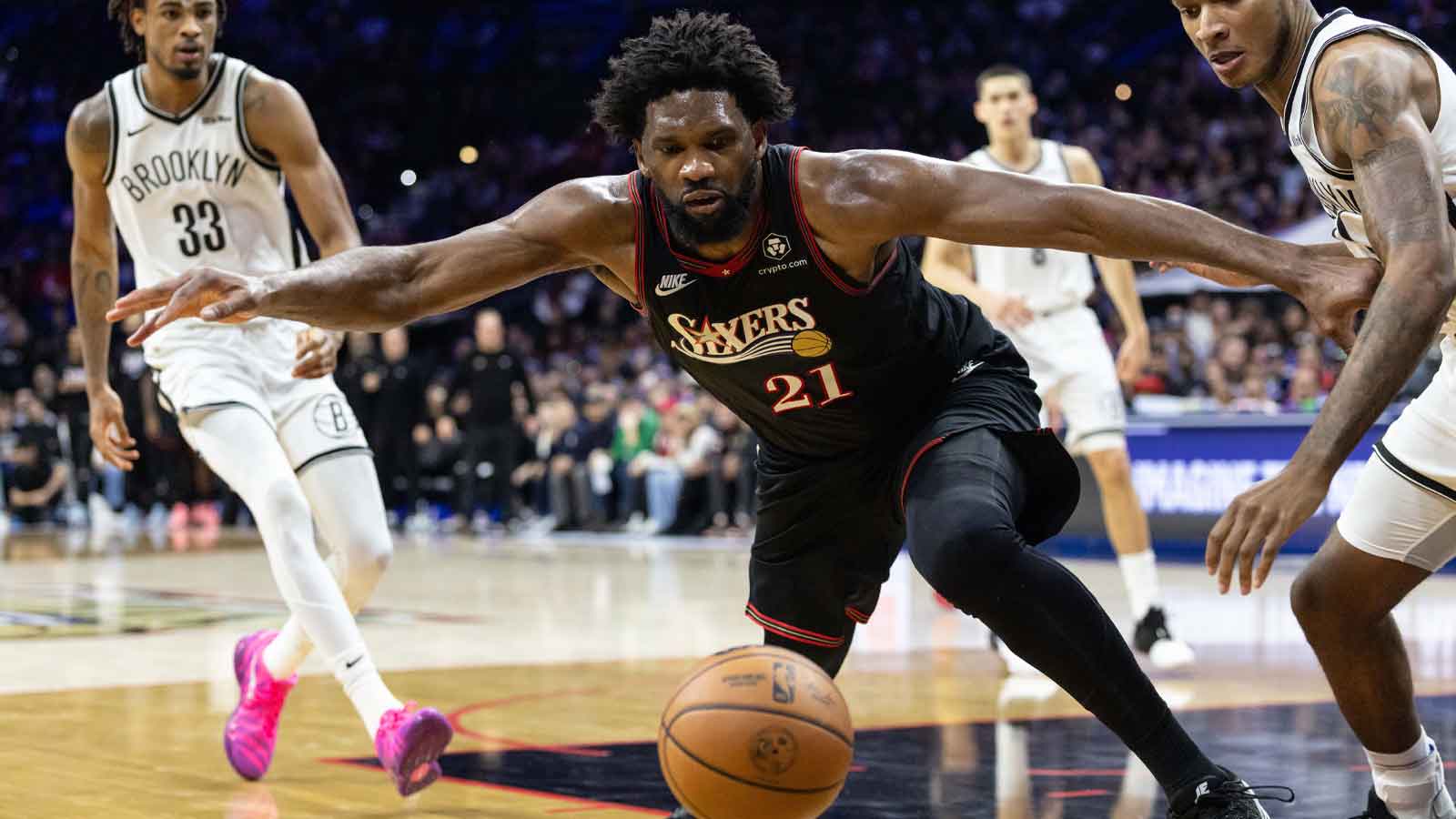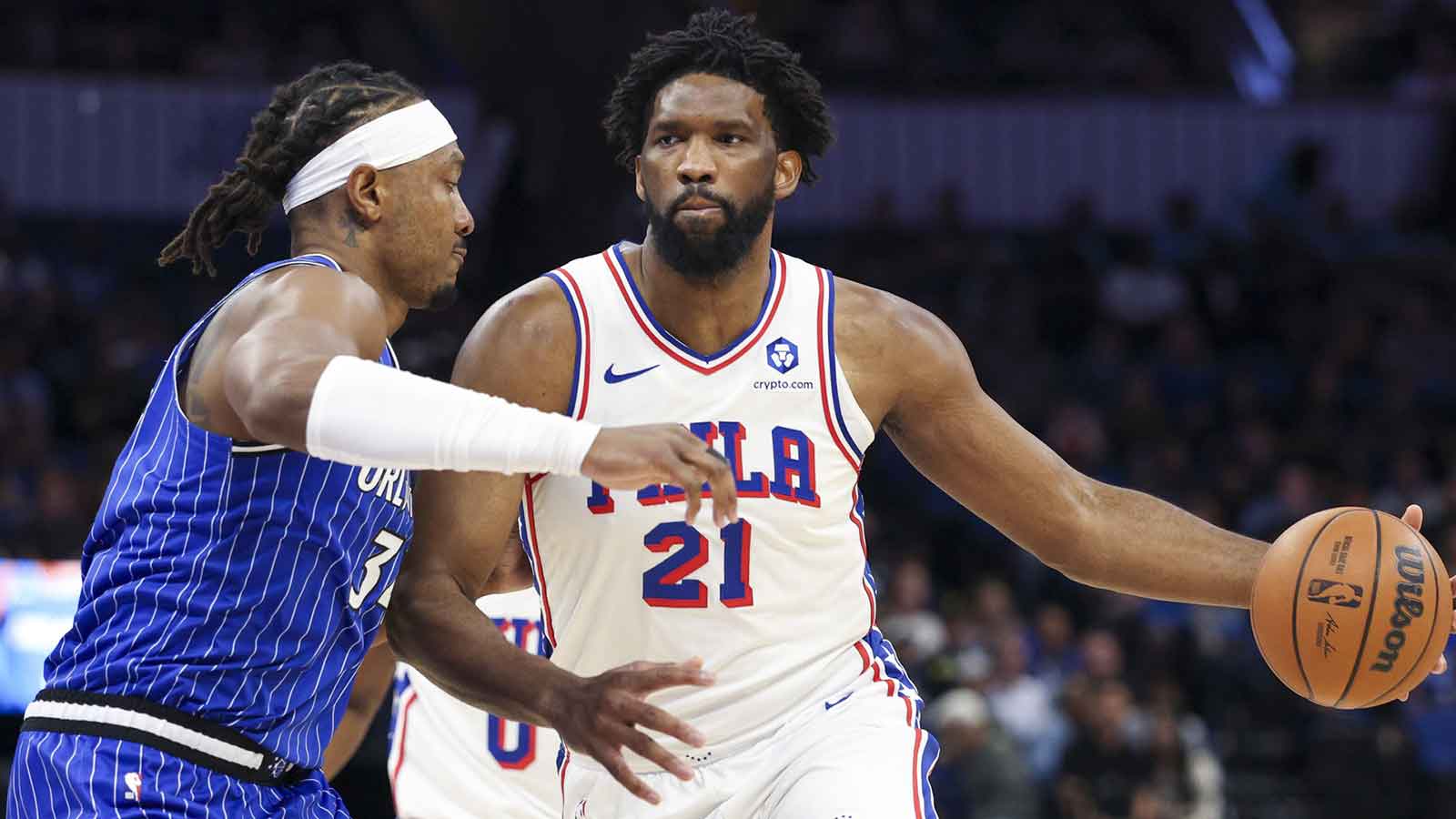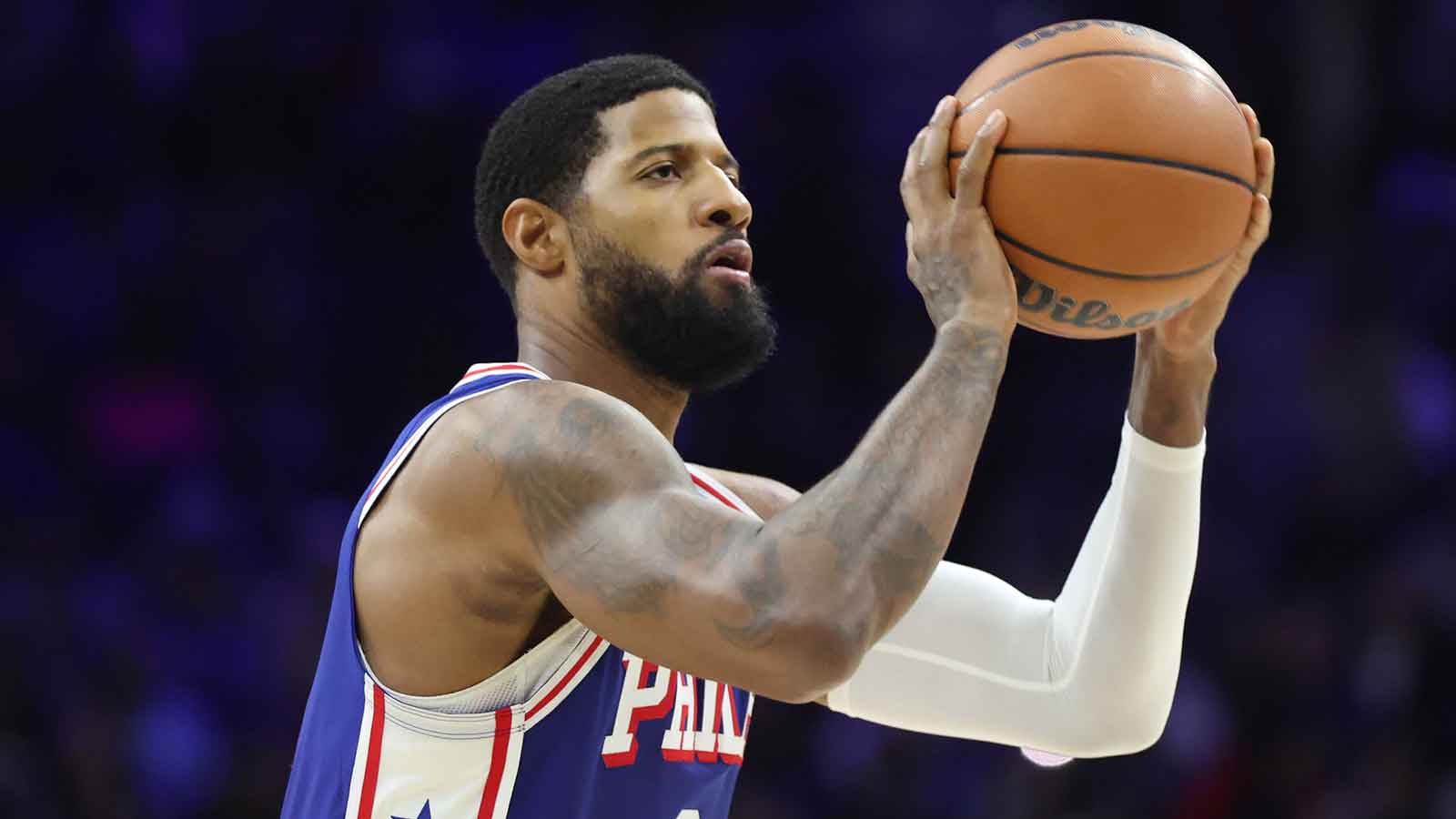NEW YORK — Tyrese Maxey made his return from a four-game absence in the Philadelphia 76ers' 106-79 loss to the New York Knicks. Although the Sixers lost in blowout fashion, getting Maxey healthy again after suffering a concussion was a huge development.
“I felt pretty good,” Maxey said of returning from his first-ever concussion. “I was definitely tired when I came out the first time, my wind. It's kind of difficult because only so much you can do while you're in the protocol. But overall, it was alright.”
The 76ers went 1-3 with Maxey on the mend. He was around the team after going through initial evaluations and played 28 minutes in his first game back. The result from that game wasn’t what Philly had hoped, but now with its All-Star guard in action, the chances to pick off surprising wins have increased.
“It's good to see him, his personality, his energy on and off the basketball court. He's good for this team,” Buddy Hield said. “This team needs him, especially what he does on the court for us…Of course, we didn't get the win, but it was still good to see him back. on the court.”
The injury itself, Maxey said, was “a very weird feeling.” He may have only missed four games, but it took several different steps for him to be cleared to play.
Tyrese Maxey worked through concussion protocol to return for 76ers
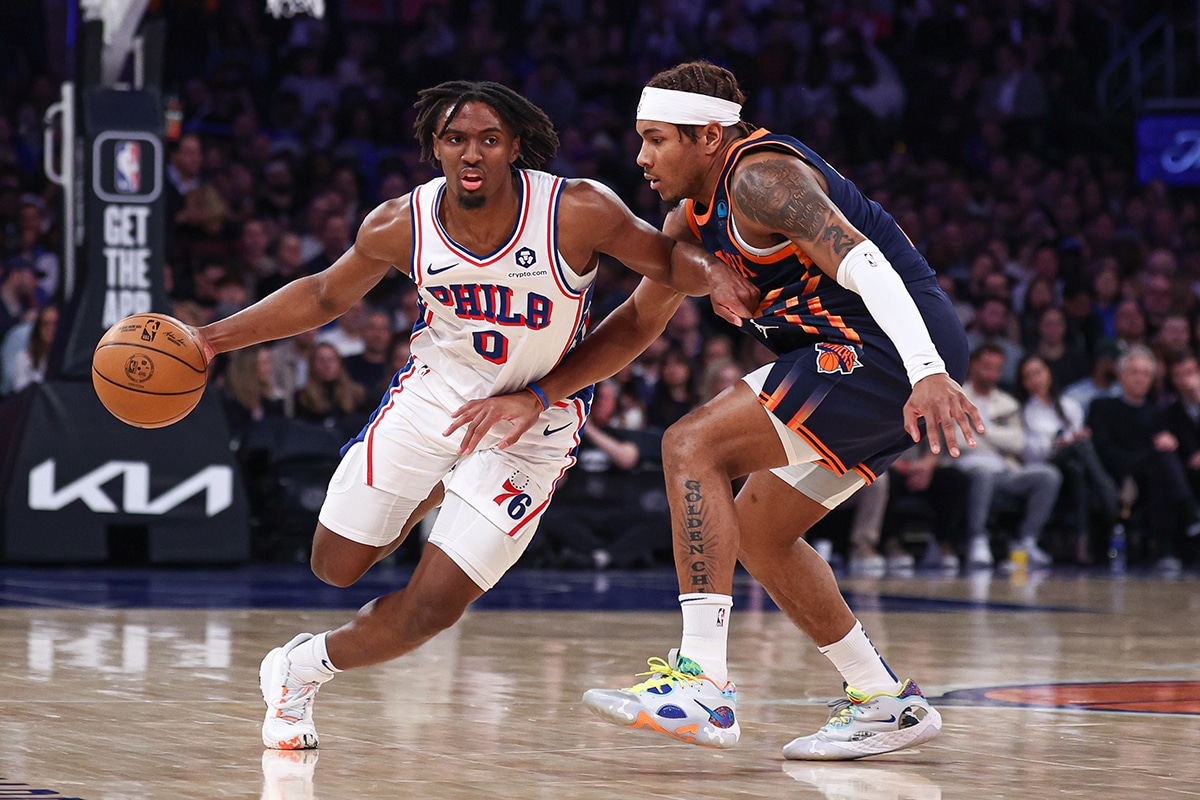
Initially, Tyrese Maxey wasn’t concerned about hitting his head on Derrick Jones Jr.'s leg in the 76ers' win over the Dallas Mavericks. He was brought back into the game after his evaluation, leading the Sixers to a pivotal win in a tight fourth quarter. But the signs of a serious injury would follow soon.
Maxey explained that the light from dinner with his family after the win in Dallas bothered him, the first concussion symptom he felt.
“I felt like my equilibrium was off,” he said, “and my mom was talking to me and I was responding, but it was just going in one ear and out the other.”
The 76ers star said that he felt “a little foggy” the next morning. He started feeling way off the following day as the team made it to Barclays Center for the pregame shootaround ahead of a matchup with the Brooklyn Nets. By that point, it was unavoidable. Maxey traveled back to Philadelphia for testing and was diagnosed with a mild concussion later in the day.
The NBA's concussion protocol lays out how a concussion is evaluated and how the player progresses through stages — all under supervision from a team's medical staff — before returning to play.
“It's a lot of different steps,” Maxey said. “Working out by myself one-on-one, then being able to do full-contact practice. I had to run on the treadmill in the beginning of this.”
Players who are diagnosed with concussions must undergo a rest period before beginning the process of returning to the court. The return-to-participation period outlines exercises with “increasing exertion” that a player must go through before making a full, restriction-less return. From pedaling on an exercise bike to jogging to going through agility work to participating in non-contact team drills, players have to go through each step without exhibiting symptoms and perform a “focused neurological examination” before advancing to the next.
Players who show concussion-like symptoms are subject to testing. Even if a concussion isn’t diagnosed in the initial examination, the player must continue to be monitored and undergo at least one more evaluation either 1) approximately 24 hours after the first one or 2) before the team's next game or practice, whichever comes first. In Maxey's case, he was allowed back into the game against the Mavs after his head collision. He was then ruled out after further testing sparked by his symptoms.
Perhaps the first step in concussion protocol comes before each season, when each player must, according to the NBA's official policy, “undergo a review of his neurological history and a baseline neurological evaluation including testing of brain function, via a neurological and cognitive assessment.“
Maxey said that he “did a lot of” the cognition tests, which players can often take for granted because they happen so early in the season. “But when it's actually time to remember those cards and all that stuff that you have to do, it's kind of difficult,” he added.
Maxey's performance in return
Simply being back in the Wells Fargo Center as a spectator was helpful. It allowed Maxey to get reacquainted with the lights and loud sounds again. After being around the team for a few games, including the 76ers' win in Madison Square Garden, Maxey sprung back into action against a physical Knicks team.
“The last few days, I've been trying to just go as hard as I possibly can within the limitations and the protocol. It's just difficult,“ Maxey said. “Then going out there and having to play a high-intensity game. I don't get tired often. I don't get tired often, but today that first time out, I was pretty tired. But I got my second wind. I was okay.”
Maxey finished with 17 points, four assists and two rebounds on 6-of-14 shooting. His defense was a step slow, occasionally allowing guys like Josh Hart and Donte DiVincenzo to get a step on him off the ball. In fairness, though, with the Knicks' ball and player movement and spacing that allowed Jalen Brunson to cook, it wasn’t easy.
Nick Nurse said Maxey's performance in his return was “okay. I think that it's good to get him out there, get him going. Thought he was just okay. Not much of an impact at the defensive end, but it's okay. At least he's back out there playing.”
While this injury didn’t require a recovery as long as the foot injury that sidelined him for 18 games last season, Tyrese Maxey said the concussion was “a difficult one for me.” Now that it's in the past, he can continue his primary goal of trying to lead his team to wins while Joel Embiid goes through his own injury recovery.

